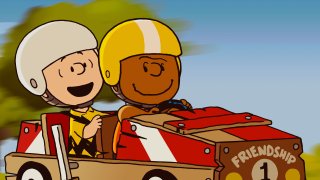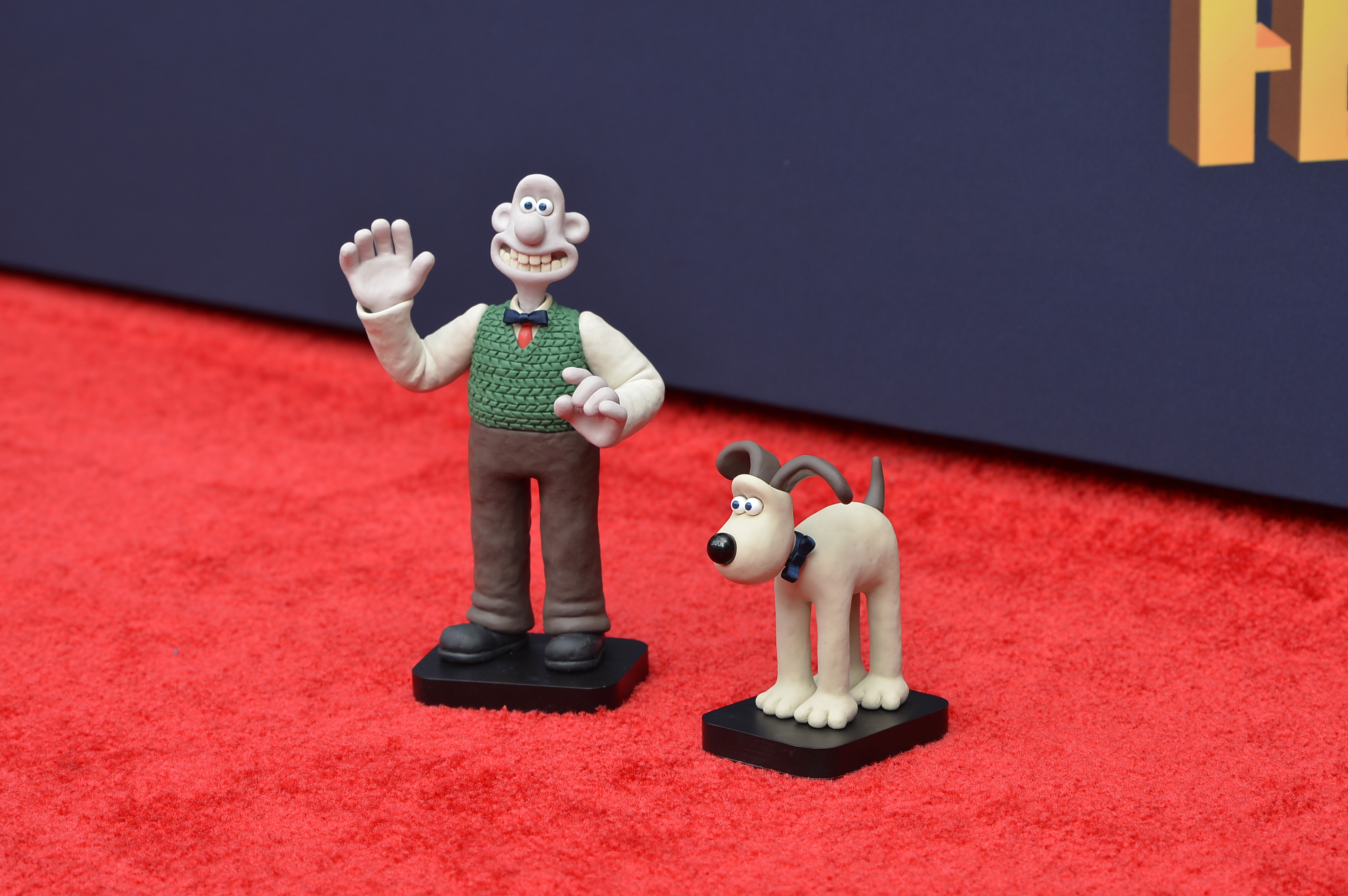
Just 11 days after the assassination of Rev. Martin Luther King Jr. on April 4, 1968, Harriet Glickman, a teacher and mother of three who lived in the California suburbs, typed a letter to Charles M. Schulz, requesting that he add a Black character to his popular "Peanuts" comic strip.
Shortly thereafter, a little boy named Franklin arrived on the scene. He generally remained on the fringes of this idiosyncratic band of neighborhood kids, but he's finally stepping into the spotlight in a new Apple TV+ special called "Snoopy Presents: Welcome Home, Franklin."
In the thoughtfully-worded letter that has been preserved by the Charles M. Schulz Museum, Glickman wrote that she had been contemplating how she might be able to somehow make a difference in "the vast sea of misunderstanding, hate, fear, and violence" that led to King's assassination. She thought that the introduction of a Black child in a comic strip may inspire the next generation to be more open and accepting of different types of people.
We've got the news you need to know to start your day. Sign up for the First & 4Most morning newsletter — delivered to your inbox daily. >Sign up here.
In a very honest response, Schulz wrote that he would love to introduce a Black character, but he was fearful that doing so would make it look like he was being "patronizing."
"I don't know what the solution is," he concluded.
Undeterred, Glickman asked if she might share the dilemma with some of her Black friends, who also started writing to Schulz. Soon after, Franklin made his debut in a comic strip on July 31, 1968.
Entertainment News
Describing Franklin as the "Switzerland" of the Peanuts gang, Craig Schulz, the Peanuts creator's son, tells TODAY.com that Charles specifically wanted Franklin to be as well-grounded and neutral as possible so as not to stir up controversy. In that first appearance, Franklin sweetly rescues Charlie Brown's beach ball from the ocean, sparking an instant connection.
Years later, Franklin received a last name — Armstrong — in honor of Robb Armstrong, a cartoonist who, like Glickman, introduced himself to Charles by writing a letter.
Armstrong tells TODAY.com that he was one of four Black cartoonists working professionally in 1989 when his comic strip, “Jump Start,” was signed to the same syndicate as Charles. As a huge fan of "Peanuts," Armstrong’s first order of business was to request an introduction to Charles. When that attempt failed, Armstrong sent him a letter and some "Jump Start" comics instead.
The next year, Armstrong finally met his idol — and discovered that Charles had not only kept his comic strips but framed them and hung them on the wall of his studio.
Thus began a lengthy friendship that resulted in Charles asking Armstrong permission to give Franklin the last name “Armstrong” in his honor. Even now, Armstrong says that he still thinks of that moment on a weekly basis.
“It’s supernatural. It’s surreal,” Armstrong says of the request.
As the years went on, Charles teased some additional details about Franklin's life. "We know that his family traveled because his dad was in the military," but otherwise, he kept the character neutral, says the special's Emmy Award-winning director, Raymond S. Persi. "We leaned into that and used this special as a chance to develop this character more."
Persi notes that the special follows Franklin's "struggle to fit into that world" in which a bossy girl is a psychiatrist-for-hire and a dog thinks he's a World War I flying ace. Remarkably, this is the first time we'll hear Franklin speak.
Armstrong was instrumental in shaping the character of Franklin in the new special. Like his father, Craig Schulz felt a bit apprehensive about rounding out Franklin's character on his own, so he added Armstrong to the writing team to give the character more lived experience.
The move may have worked a little too well. “I began to identify with this character so strongly while writing the screenplay that it became a concern to my collaborators,” Armstrong laughs.

Over the course of the special, Franklin and Charlie Brown realize that they are both "outsiders" in certain ways, and that realization "transcends their racial differences," says Armstrong.
It may seem like a fluke that Charles just happened to read that fated letter from Harriet Glickman, but it wasn’t. His son says that he would sit down and read every letter that was sent to him.
“It took up a lot of his time, but he liked responding to everybody who wrote him a letter. He would send them not only a letter [in return], but he would send drawings half the time," Craig says. "He went above and beyond.”
This story first appeared on TODAY.com. More from Today:



